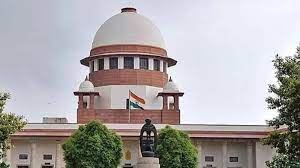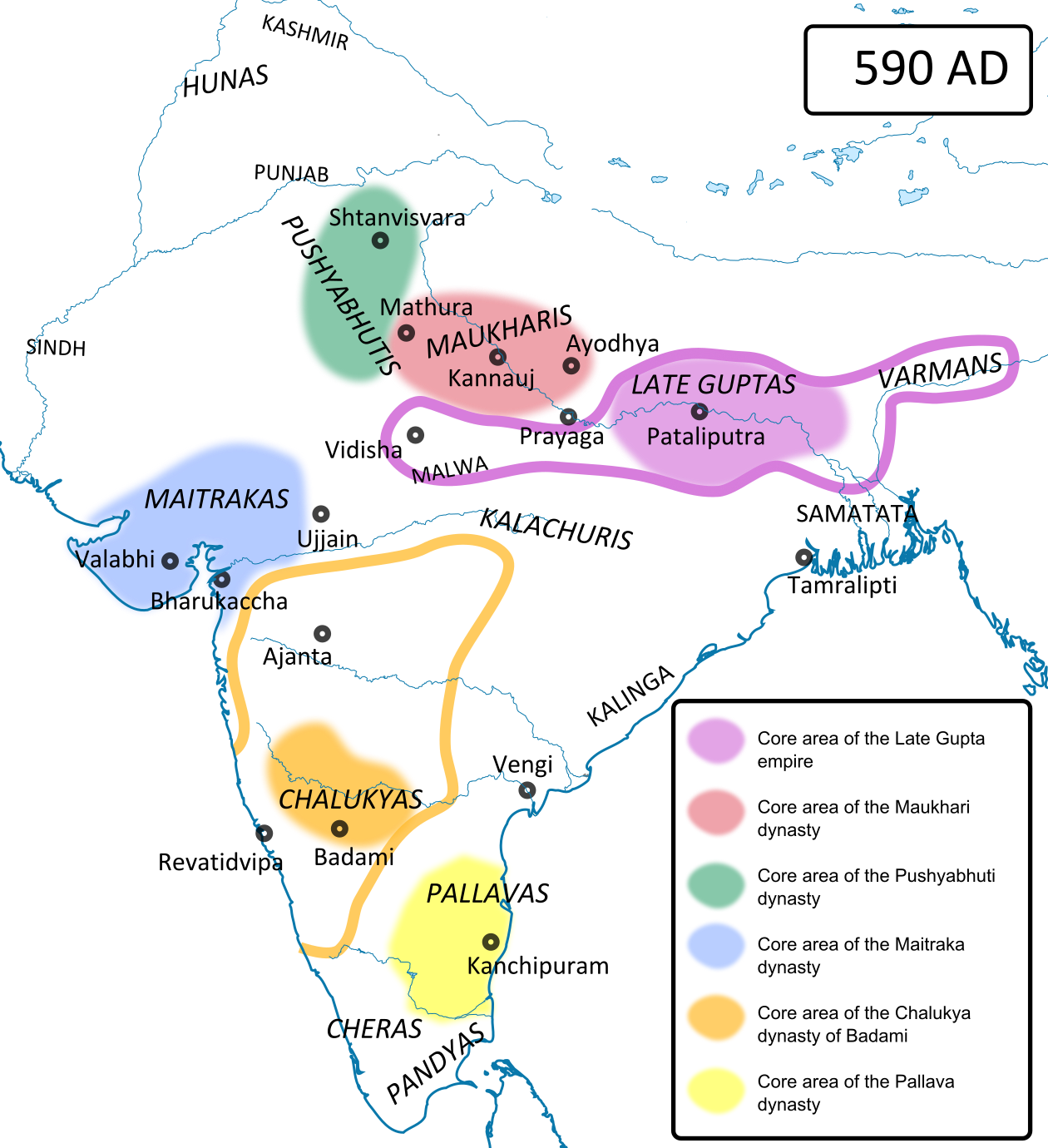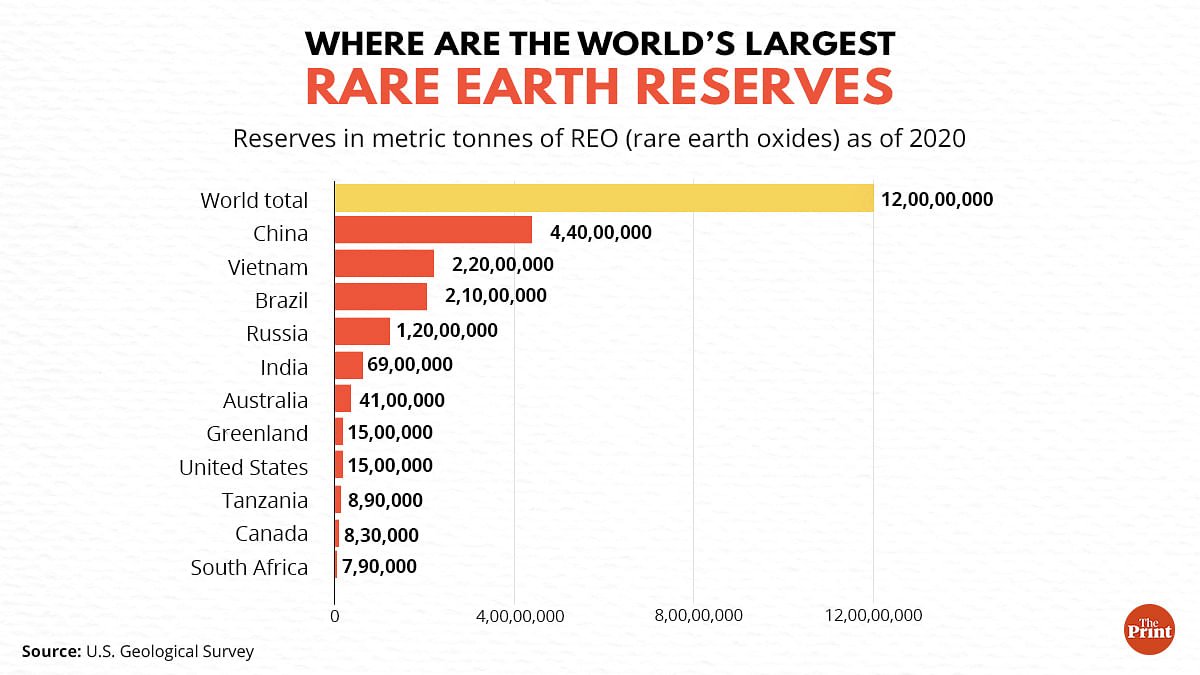
EAC-PM Paper on Religious Diversity in India
Subscribers of "Current Affairs" course can Download Daily Current Affairs in PDF/DOC
Subscribe to Never Miss an Important Update! Assured Discounts on New Products!
Must Join PMF IAS Telegram Channel & PMF IAS History Telegram Channel
- Context (IE I TOI): A report by the Economic Advisory Council to the PM has said that minorities are thriving in India and not just protected.
- The analysis relied on the Religious Characteristics of States Dataset 2017 to track religious composition across countries.
- The Paper was titled ‘Share of Religious Minorities: A Cross-Country Analysis’.
- The paper analyses changes in minority population shares across countries from 1950 to 2015.
- The study focused only on countries where the majority religion accounted for more than 50 per cent of the total population in 1950.
Findings of the Report
- The share of the Hindu population in India has dipped by 7.82 per cent, while that of Muslims, Christians, Sikhs and Buddhists has seen a rise. The Jain and Parsi communities witnessed a dip.
- Of the 35 OECD countries studied, 25 were from Europe, and the share of majority religious denominations has decreased by 29 per cent in these countries.
- India’s demographic changes, with a dipping majority population and rising minority population, are in line with global trends, as seen in Europe.
- However, these changes stand out when compared to India’s neighbours, highlighting the unique nature of India’s demographic shift.
- The rise in the share of minorities suggested the net result of policy actions, political decisions and societal processes provided a conducive environment for increasing diversity in society.
Some Trivial Facts
|
An Analysis of the Data
- Population growth is not the right parameter to judge a group’s status in the country’s body politic.
- Higher fertility rates are proof of illiteracy and poor economic conditions.
- Examining a group’s educational, social, and economic conditions is the ideal way to determine its share of the national pie.
- Representation of the group in the state’s power structure is the real test of its well-being.
- With literacy rates increasing amongst Muslims, there has been the steepest decline in the fertility rates of Muslims.
- According to the 2011 census, the Muslim population’s decadal growth declined from 36.02% to 24.04%.
- From 2001 to 2021, the Hindu population’s decadal growth declined from 20.35% to 16.76%.
- The Muslim total Fertility Rate (TFR) is 2.36, which is very close to the replacement rate of 2.1.
- The TFR of Muslim women saw a drop of 2.05 as against Hindu women’s TFR of 1.36.
- The Hindu fertility rates of Bihar (2.88) and Uttar Pradesh (2.29) are much higher than the Muslim fertility rates in Kerala (2.25), Tamil Nadu (1.93), Andhra Pradesh (1.97), and Telangana (2.01).
India’s Stabilising Population Growth
- Reliable global surveys suggest that India has recently overtaken China and is now the most populous country in the world.
- The United Nations Population Fund observed in 2022 that India’s population growth appears to be stabilising.
- A total of 31 states and union territories have achieved fertility rates below the replacement level of 2.1.
- According to some studies (The Lancet 2024), the replacement level may go as low as 1.75 in the next three years.
- According to the National Family Health Survey (NFHS)-5, India’s current TFR is 2.0, slightly below the replacement levels required by the replacement fertility rates.
- If a woman gives birth to 2.1 children on average, this is called the ‘replacement fertility rate’.
- A country achieving a replacement-level fertility rate is a milestone in stabilising population growth.
- The ‘Total Fertility Rate’ (TFR) refers to the average number of children a woman gives birth to.
United Nations Population Fund (UNFPA)
|
- This significant decrease could have profound implications, especially in states like Bihar, which currently has the highest fertility rate in India.
- The Economic Survey 2019 had said:
- India is set to witness a sharp slowdown in population growth in the next two decades.
- India’s population projections up to 2041 indicate a significant slowdown in growth, marking a transition to the next demographic stage.
Can we Control the Population by Coercive Actions?
- In an affidavit to the SC, the GoI acknowledged that coercing a specific number of children can be counterproductive, as evidenced by international experience.
- The National Population Policy, 2000 of the first NDA government focused on more relevant socio-cultural factors such as
- Age at marriage,
- Age at birth,
- Girl education,
- Maternal and child health and
- Voluntary and informed consent over coercive methods.
- India is a signatory to international covenants such as the International Covenant on Civil and Political Rights (ICCPR) and must abide by international norms on population control.
- The United Nations Human Rights Committee has categorically mandated that state parties to the ICCPR cannot adopt compulsory, coercive, or discriminatory policies.
PM’s Economic Advisory Council (PMEAC)
- The Economic Advisory Council to the Prime Minister (PMEAC] is a non-constitutional, non-permanent and independent body constituted to give economic advice to the GoI, specifically the PM.
- It was established to offer diverse perspectives on key economic issues to help raise awareness within the government.
- The Council is often restructured with different organizational formats, led by internationally recognized economists.
- Established in September 2017 for two years, it replaced the former PMEAC, chaired by former RBI governor C Rangarajan during Prime Minister Manmohan Singh’s tenure.
Organisation
- A Chairperson chairs the PMEAC, which consists of eminent economists as members.
- It now has a Chairperson, a Member Secretary and two part-time members.
- It is supported in its functions by a team of officials and administrators.
- There is no fixed definition of the exact number of members and staff of the PMEAC.
- For administrative, logistic, planning and budgeting purposes, the NITI Aayog replaced the erstwhile Planning Commission to serve as the Nodal Agency for the PMEAC.







![PMF IAS Environment for UPSC 2022-23 [paperback] PMF IAS [Nov 30, 2021]…](http://pmfias.b-cdn.net/wp-content/uploads/2024/04/pmfiasenvironmentforupsc2022-23paperbackpmfiasnov302021.jpg)











